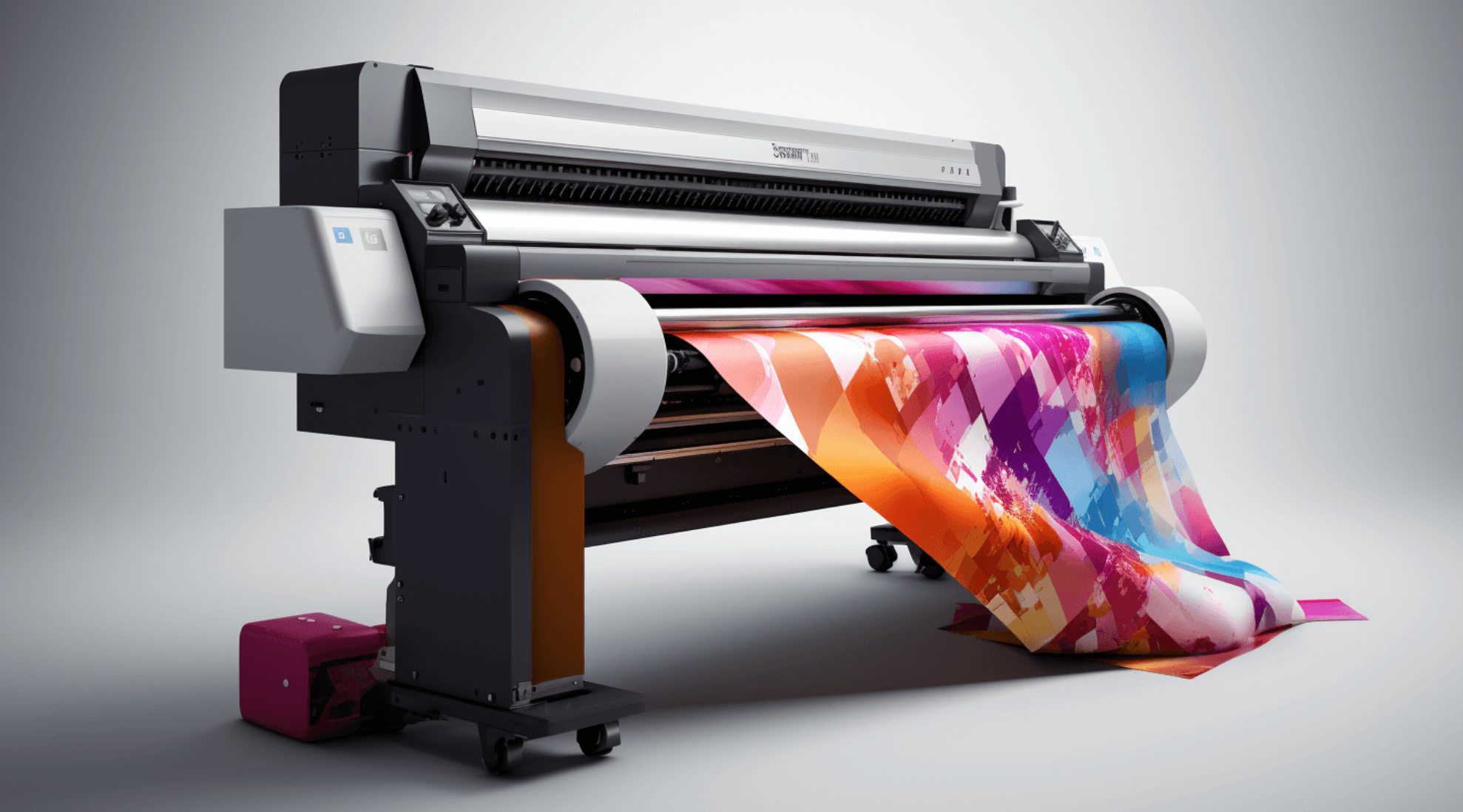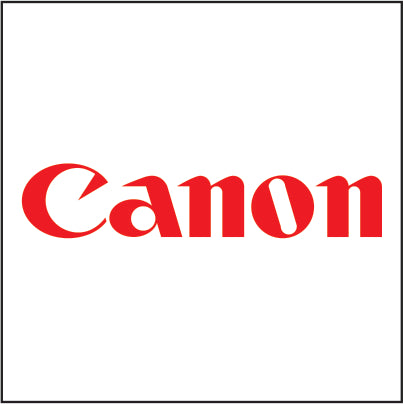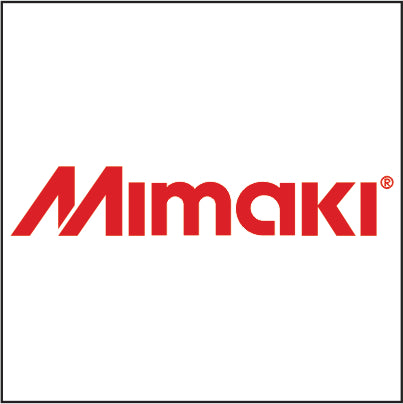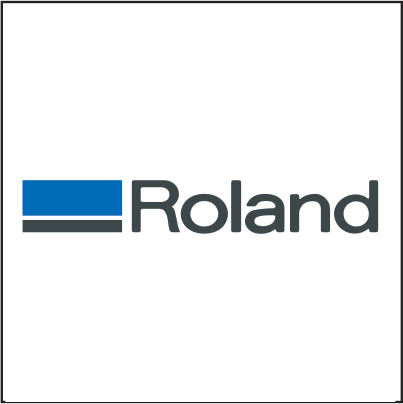DTF vs. DTG Printing – Which Is Right for Your Apparel Business?

In the custom apparel world, choosing the right printing method isn’t just a technical decision – it can make or break your business. Every print shop owner has heard the buzz about DTF vs. DTG Printing – Which Is Right for Your Apparel Business? These two technologies are revolutionizing how we print on fabric. One prints directly onto garments, the other uses a film transfer. Both yield vibrant designs, yet each has unique strengths.
So how do you decide which is best for your apparel brand? Let's dive into DTF vs. DTG printing and find out.
DTF vs. DTG Printing – Which Is Right for Your Apparel Business? Overview
Direct-to-Garment (DTG) and Direct-to-Film (DTF) are both digital printing techniques that have gained popularity as alternatives to traditional screen printing. Understanding the basics of each will set the stage for a fair comparison.
What is DTG Printing?
DTG printing means applying ink directly to the garment using a specialized inkjet printer. Think of it like a giant inkjet printer for t-shirts. Your design is printed straight onto the fabric, and the ink soaks into the fibers. DTG works best on cotton or high-cotton blends because natural fibers absorb the water-based inks readily.
For dark garments, a white ink underbase is laid down (after a pre-treatment step) so the colors on top pop. Once printed, the garment is heat-pressed or cured to set the ink. The result? A high-detail print that’s soft to the touch, almost as if it’s part of the fabric itself.
What is DTF Printing?
DTF printing takes a different route. Instead of printing on the shirt directly, you print your design on a special PET film in mirror image. The printer lays down color inks and a white ink backing layer onto the film. While the ink is still wet, you coat the print with a powdered adhesive (often by shaking the powder over it). This film is then heated, melting the powder onto the ink. Once ready, you use a heat press to transfer the design from the film onto the garment.
Peel away the film, and the ink plus melted adhesive remains on the fabric in the shape of your design. DTF can apply designs to almost any fabric type – cotton, polyester, blends, nylon, you name it – since the ink isn’t absorbed by the fabric but bonded on top via the adhesive.
Advantages and disadvantages of both
To truly evaluate DTF vs. DTG Printing – Which Is Right for Your Apparel Business?, it helps to lay out the pros and cons of each method side by side.
| Method | Pros | Cons |
|---|---|---|
| DTF Printing | - Works on a wide variety of fabrics (cotton, poly, blends, etc.) - Vibrant colors even on dark garments (white ink layer allows bright prints on any background) - No pre-treatment needed for garments (saves time and mess) - Generally lower equipment cost to start and maintain |
- Transfer print has a slightly thicker, less soft feel initially (can feel like a decal until washed) - Additional steps: must apply and cure adhesive powder (need a heat press and good ventilation for this step) - Tends to use more ink per print (full image printed including white layer) - Maintenance is still important (white ink circulation and printer cleaning to prevent clogs) |
| DTG Printing | - Produces incredibly soft prints that fuse with the fabric (especially on cotton) - Excellent detail and color gradation, great for complex designs and photos - Simple one-step printing process for light shirts (print and cure) - Well-established technology with mature software and support |
- Limited fabric compatibility (best on 100% cotton or high-cotton blends; struggles with polyester without special treatment) - Requires pre-treatment on dark garments (extra labor, chemicals, and time) - Higher printer cost and maintenance overhead (DTG machines and ink are pricey) - Colors on dark or poly fabrics can be less vibrant and may fade more over time if not cared for properly |

As the table above shows, the advantages and disadvantages of both DTF and DTG reveal a trade-off. DTF offers more versatility and often more vibrant results on any fabric, whereas DTG provides a premium feel on the right fabric but comes with more limitations on what you can print on.
Key Factors in DTF vs. DTG Printing – Which Is Right for Your Apparel Business?
Now that we’ve outlined the pros and cons, let’s break down the key factors you should consider when choosing between DTF and DTG for your apparel business. Different scenarios might favor one method over the other:
-
Print Quality & Feel: Both methods produce high-resolution, full-color prints. DTG prints tend to have a softer feel because the ink absorbs into the garment, making the print part of the fabric. DTF prints have a slightly raised texture; you can feel the design on top of the fabric. While DTF transfers might feel a bit plasticky at first touch, this improves after a couple of washes as the print softens. If having the absolute softest print is critical (for example, high-end fashion tees), DTG might have an edge. However, DTF’s print quality is by no means poor – it’s excellent – just a different feel that many customers happily accept for the sake of bright colors and durability.
-
Fabric Compatibility: Consider the types of garments you print most. If you’re printing on 100% cotton t-shirts and hoodies all day, DTG printing will serve you very well. But if you want to print on blends, polyester jerseys, nylon jackets, or even tricky items like tote bags or caps, DTF is the more versatile choice. The ability to print on almost any material with DTF can open new product lines for your business (think athletic wear, raincoats, or foam-front caps that DTG ink might not adhere to). In the debate of DTF vs. DTG Printing – Which Is Right for Your Apparel Business?, the range of compatible materials is a big deciding factor.
-
Durability & Washability: Customers want prints that last. DTF prints, thanks to that adhesive-and-ink combo, hold up extremely well through repeated washes. They are resistant to cracking and fading (as long as the garment is washed under reasonable conditions, avoiding excessive heat). DTG prints are also quite durable; since the ink becomes part of the fabric, you won’t see peeling. However, over a long time you might notice some fading in DTG prints, especially if the garment isn’t washed gently. There’s no cracking with DTG, but very old DTG prints can look a bit faded compared to DTF. In practice, both methods produce prints that meet professional standards for longevity. Industry comparisons have noted that DTF prints often have the edge in longevity, with one source noting they’re “less prone to fading or cracking” even after many washes (source: https://www.printful.com/blog/dtg-vs-dtf-printing). On the other hand, DTG prints can also last a long time with proper care. The bottom line: both are durable, but DTF may stay vibrant slightly longer under heavy use.

-
Cost & Equipment Investment: Upfront cost is a major concern for any business. DTG printers are sophisticated devices (often the size of a large office copier) and can be quite expensive. You’ll also need a heat press or conveyor dryer to cure prints, and a pre-treatment setup for dark garments. In contrast, getting into DTF can be more affordable. Many small shops start with a converted desktop inkjet for DTF or mid-range dedicated DTF printers, which often cost less than a high-end DTG machine. However, DTF does require a few pieces of equipment working together: a DTF printer, heat press, and ideally an DTF Auto Powder Shaker for applying and melting the powder adhesive automatically. (Manually powdering works too, but an automatic shaker ensures consistency and saves labor – for example, the DTF Auto Powder Shaker device can handle this step quickly on multiple prints.) For high-volume DTF production, you might invest in a larger setup like the STS XPJ 1682D 64” DTF Printer – a 64-inch wide DTF printer designed for efficiency and quality at scale. Meanwhile, a professional DTG setup might involve just a single machine (like an Epson or Brother DTG printer) but at a steeper price point than a starter DTF configuration.
-
Printing Process & Workflow: DTG’s process is straightforward: prepare the shirt (apply pre-treat if needed), load it on the printer, print the design, then cure it. It’s relatively quick for one-offs because you can go from digital design to finished shirt in minutes. DTF’s two-step process adds a bit more time per item (print to film, then heat press to garment). For small orders, DTG can be a tad faster since you skip the transfer step. But for larger batches, DTF can shine: you could print dozens of transfers in one go (even gang several designs on one film) and then heat press them in sequence or at a later time. DTF transfers can also be stockpiled or shipped – for example, you can print a batch of transfers and sell them to other businesses, or keep an inventory of popular designs to apply on-demand. This flexibility in workflow (printing now, heat-pressing later or elsewhere) is unique to DTF and can be a big advantage for scaling your operations. If you run an online store, you might print DTF transfers of your top-selling designs and only press them onto garments as orders come in, balancing your production load efficiently.
-
Maintenance and Ease of Use: Both DTG and DTF printers require regular maintenance, especially due to the use of white ink (which can settle or clog). DTG printers often need daily or frequent head cleanings and periodic use to keep the nozzles clear, plus you have to manage pretreatment for dark shirts (cleaning the sprayer, etc.). DTF printers also need upkeep: you must keep the ink system flowing (many have white ink circulation systems), and you need to keep the printer clean. Additionally, handling DTF’s adhesive powder means you should have good ventilation or an enclosed powder system to avoid mess and health hazards. Some users find DTG a bit more straightforward since it’s a single machine system; with DTF you’re coordinating printing and curing steps. On the other hand, DTF frees you from dealing with liquid pretreatment chemicals. In short, each method has its workflow quirks that you’ll need to learn and manage, but both are manageable with a good routine.
DTF vs. DTG Printing – Which Is Right for Your Apparel Business? How to Decide
Ultimately, the choice between DTF and DTG comes down to your business’s specific needs and goals. Ask yourself a few questions: What material do I primarily print on? What volume of orders do I handle? What do my customers value more – a super-soft feel, or the ability to print on any type of garment?
-
If you run a small shop focused on custom t-shirts (especially mostly cotton apparel) and you often print one-off designs or very small batches, a DTG printer could be a great fit. DTG makes it easy to pop out a single shirt with almost no setup time. The print quality is excellent and the feel is top-notch, which keeps customers happy when you’re delivering premium apparel. DTG has been a tried-and-true solution for many boutique t-shirt businesses because of that simplicity.
-
If your business needs versatility and scalability, DTF printing might be the better choice. For instance, sportswear brands, streetwear lines with polyester jackets, or print shops that want to offer printing on a wide range of products can really benefit from DTF’s flexibility. DTF is also fantastic if you plan to sell or use heat transfers as a product – you could become a supplier of printed transfers that other small businesses press onto garments. The slightly higher effort per print (because of the extra transfer step) is offset by the freedom to put the design on any fabric at any time. Also, when doing larger orders, you might find DTF’s workflow (especially with an STS XPJ 1682D 64” DTF Printer and automation accessories) more cost-effective in the long run.
Remember, you don’t necessarily have to pick one and exclude the other. Many growing print businesses start with DTG for its ease on cotton products, then add DTF capabilities to expand into other materials (or vice versa). In fact, the two methods can complement each other. For example, you might use DTG for your cotton t-shirt line, but use DTF for printing on nylon jackets or caps that DTG can’t handle as well.
For a deeper dive into how to implement DTF printing, be sure to read Step-by-Step: How to Get Started with DTF Printing for Your Business – it’s a great resource if you decide DTF is in your future. And if you’re still on the fence, don’t hesitate to reach out to industry communities or experts for advice. The good news is that with either DTF or DTG, you’re adopting modern, digital methods that skip the mess of traditional screen printing and offer on-demand production capabilities.
Conclusion
Choosing between DTF and DTG printing is a pivotal decision for any apparel business. Both methods have transformed the industry with their ability to produce detailed, vibrant designs on-demand. In the end, when considering DTF vs. DTG Printing – Which Is Right for Your Apparel Business, it comes down to matching the technology to your business model: DTG excels with simplicity and softness on cotton, while DTF offers unmatched versatility and durability across fabrics. By understanding the differences, pros and cons, and what each method is best suited for, you can make an informed choice that will fuel your business’s success.







